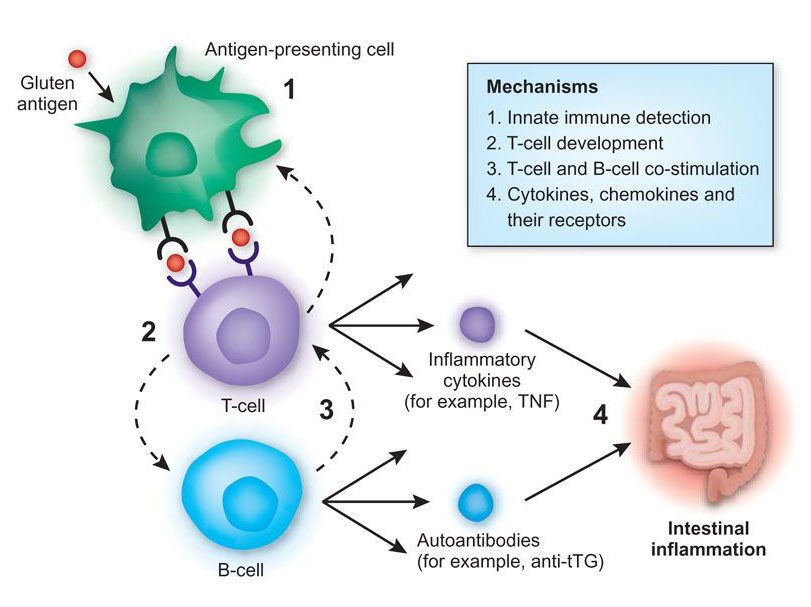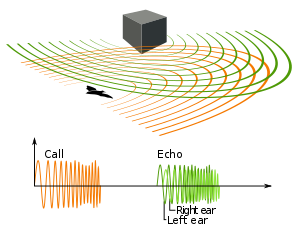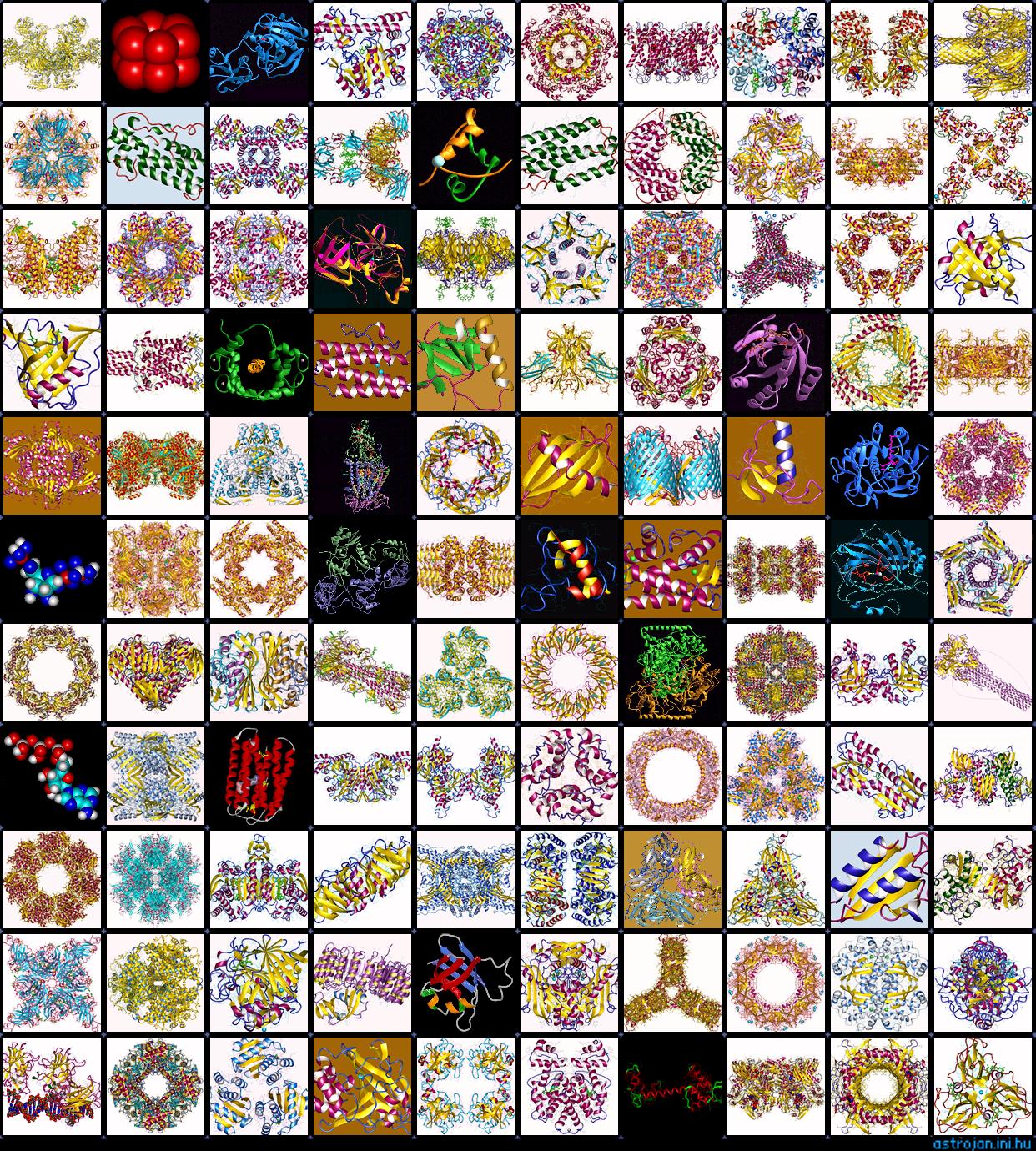
Adverse life experiences during childhood can leave ‘marks’ in DNA. Source: Parents Magazine
Traumatic or adverse experiences during early childhood are associated with ‘genetic tagging’, referred to as DNA methylation, and its possible applications range from developmental psychology to forensics.
DNA methylation and gene expression
DNA is characterized as having four nitrogenous bases – biological compounds containing nitrogen – which are cytosine, adenine, guanine, and thymine. DNA methylation is when another organic compound, called a methyl group, is added to cytosine.

DNA methylation is when a methyl group (circled) is added to a cytosine base in the DNA. Source: Wikipedia
Segments of the DNA which code for specific proteins are referred to as genes. DNA methylation affects the frequency that genes are coded, or ‘expressed’. Ultimately, the mechanism inhibits the expression of genes.
Current state of knowledge
Existing research have probed into how adverse episodes experienced in early childhood are related to repressed genes due to DNA methylation. Factors such as lack of nutrition, exposure to microbes and social environments have been shown to be associated with the methylation of genes regulating inflammation in the body. Inflammation is the response of the immune system to potential pathogens whenever there is an infection or injury. This response is characterized by symptoms such as swelling, redness or pain.
Other studies have found that DNA methylation was present in subjects who have experienced sexual abuse during childhood.
Why is it important?
While the current state of knowledge regarding adverse childhood experiences and DNA methylation is based on correlation, such area serves as a promising avenue in detecting early stages of psychiatric disorders. Schizophrenia, major depressive disorder (MDD) and autism spectrum disorder are only some of the major psychiatric disorders that are influenced by genetics and environmental factors. Given that DNA methylation is also heavily influenced by such factors, future research may be able to discover if there is a link between the biomarking mechanism and the development of these disorders.
Aside from early detection of psychiatric and developmental disorders, DNA methylation can also aid in criminal investigations.
“Methylation is starting to be viewed as a potentially useful tool in criminal investigations – for example, by providing investigators with an approximate age of a person who left behind a sample of their DNA,” said Dr. Michael Kobor, a professor in the Department of Medical Genetics at UBC.
You can view the UBC press release about his research on child abuse and DNA methylation here.
– Alyssa Gutierrez










